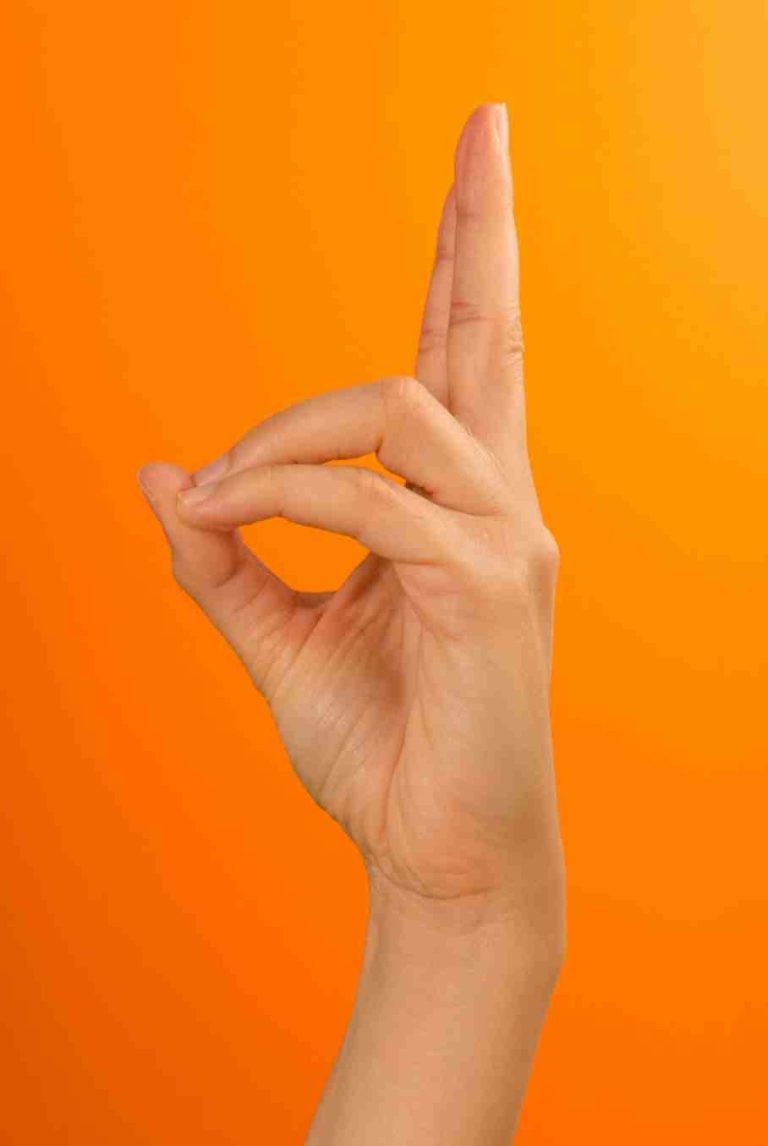
Hingashtak churna is an Ayurvedic medicine made from common herbs that have been used for centuries . It also contains saindhava lavana, an edible salt that softens food and aids in digestion and secretion. Hingashtak churna is available as a powder or in capsule form
Table of Contents
What is hingashtak churna?
If you’ve ever wondered what the Hingashtak Churna is, it is an ayurvedic powder mixture consisting of eight herbal spices. Hing (asafetida) is an old Indian culinary spice rich in healthy properties, and it’s used to help with digestion. It can be taken as a powder or in the form of ghee. Taken regularly, it can help with symptoms of GIT disorders or rheumatoid arthritis.
The constituents of Hingwashtak Churna are essential for digestion. Its use in the past has helped people with digestive issues, including flatulence, diarrhea, constipation, and indigestion. It’s a remarkable remedy for digestive disorders, with the primary action being gastroprotective. It also helps relieve nausea and vomiting, thereby making it a common household medicine.
Ingredients: What is in hingashtak churna ?
The eight ingredients in Hingashtak Churna are safe for the body. The main ingredient in this remedy is hing, also known as Asafoetida. It is a traditional Indian spice that is enriched with many healthy properties. It is also known to treat many female disorders including dysmenorrhea and reduces menstrual cramp pain. The eight ingredients in Hingwashtak Churna include black pepper and pippali, which are attributed with carminative properties. This remedy is believed to alleviate the symptoms of indigestion and other digestive problems. It also eases abdominal cramps associated with dysmenorrhea and helps regulate the menstrual flow and cycle.
How to Take: How do you take hingashtak churna ?
Hingvashtak churna is a ayurvedic medicine that soothes and calms the digestive tract. Hing increases pitta dosha and is said to be a pacifying herb. However, it is not suitable for people with high blood pressure. This medicine is fine powder form can be mixed with lukewarm water and can be taken 1hr before or after food as recommended by your Ayurvedic Doctor.
The ayurvedic formula contains ginger powder and other ingredients that support digestion. It eases flatulence caused by gas produced in the digestive system. It also promotes the secretion of digestive enzymes and aids the digestion process. Hingwashtak churna has long been used as a household remedy for digestive disorders. Among its many beneficial qualities, it regulates the bowel movement, promotes digestion, alleviates abdominal cramps associated with dysmenorrhea, and balances the body’s Vata and Pitta dosha.
Benefits: the benefits of hingashtak churna
Hingwashtak churna is a powerful ayurvedic remedy for a variety of health issues. Its antioxidant properties aid in the control of peptic and gastric ulcers, which can cause pain and swelling. These ingredients of hingashtak churna help in balancing vata, thereby providing relief from rheumatoid arthritis symptoms.
Side Effects: side effects of hingashtak churna
Some patients with Gastric ulcers or Gatric irritation or Acidity issues, finds it difficult after having the medicine because in some patients it may worsen the Gastric Irritation
Hingwashtak churna is an ayurvedic medicine with an array of health benefits. It contains an active compound known as gingerol, which promotes digestion by increasing the secretion of digestive enzymes. It also helps manage Ama, a type of toxicity that accumulates in the joints. Its vata pacifying action and Deepan and Pachan nature help to reduce Ama and promote digestion.
The eight different ingredients of churna were combined and studied to determine their individual effectiveness.
Research works on Hingu
- Asafoetida produced slight inhibition of stap aureus and shigella sonnei.
- Cutcolin exhibited anti-polio virus activity which was comparable to that of ascorbate stabilized querectin.
- The acutenessof the sense of hearing is diminished by continued ingestion of asafetida.
- Essential oil showed significant protective action against fat induced increase in plasma fibrinogen and decrease in coagulation time and fibrinolytic activity on alimentary hyperlipaemia serum , cholesterol was also slightly lowered.







